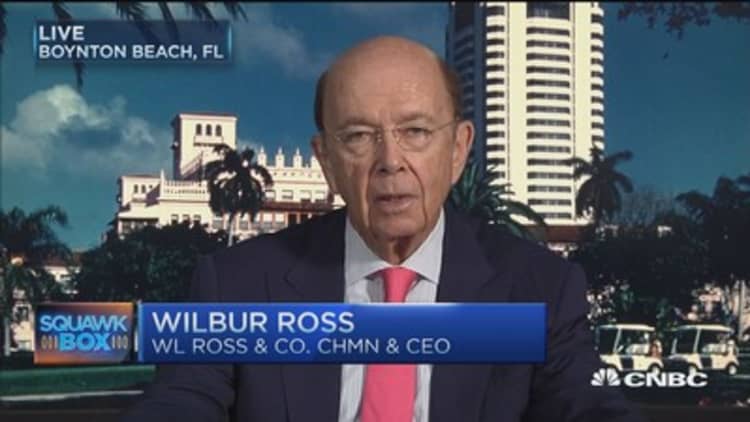As energy prices fall below $28 a barrel, investors are understandably nervous about their oil- and gas-related stocks. However, people should be paying closer attention to another part of the energy market: corporate bonds.
According to Morningstar, 75 percent of all fixed-income funds have some energy exposure. The amount allocated to energy depends on the fund, of course, with the Columbia Limited Duration Credit (ALDAX) fund having the most exposure, with 28.7 percent, and the Prudential Government Income fund (PGVAX) with the least, at 0.5 percent.
When oil was at $120 a barrel, managers were happy to hold energy bonds — they were seemingly safe and paid attractive yields. Now many energy companies have been downgraded and bonds have defaulted.
In 2015, 29 energy companies defaulted to account for 26 percent of all corporate defaults. The credit-rating agency expects about 6 percent of all U.S. energy corporates to default in 2016.
Those holding these corporate bonds — and there are likely many Americans who hold at least some energy fixed income — will have already seen the value of their investments fall. Over the last 12 months, the S&P 500 Energy Corporate Bond Index has dropped by 11.6 percent. It's already down 1.84 percent year-to-date, and more defaults mean it will likely fall further.
Over the last 12 months, the S&P 500 Energy Corporate Bond Index has dropped by 11.6 percent. It's already down 1.84 percent year-to-date, and more defaults mean it will likely fall further.

At the moment, about $99 billion of high-yield energy bonds are trading at distressed prices, according to Bloomberg. That's the face-value price of those bonds, but Christine Tan, a fund manager at Toronto-based Excel Funds, said they're now worth about 40 percent to 50 percent less than that.
As well, yields have climbed to about 17 percent, which indicates that the market thinks there will be more problems ahead. "Bonds have fallen so much, and clearly there will be defaults to come," she said.
Retail investors tend not to hold individual corporate bonds — that's difficult and expensive to do — which means they have to rely on their fund managers to make prudent asset allocation decisions. Tan thinks that many managers have already moved from lower-quality corporates to more investment-grade energy companies.
She also points out that it's really the energy sector that's causing the problems in the corporate bond market and that fixed income in other industries and countries are more stable and have more reasonable yields, of between 5 percent and 8 percent. Fund managers would have likely shifted assets into these other areas, she said.
However, investors should be looking at what is in their funds to see how much exposure they have to energy bonds and what companies are being held. It's not necessarily bad to own an energy bond, said Andrew O'Conor, an energy credit analyst with Morningstar. There are a lot of cheap investments that risk-taking investors may want to own, but you also don't want to hold a fund that might see a lot of defaults.
What investors should know
The best energy companies right now are the ones that have a low cost of production, have large and growing reserves, and don't depend on one single project, he said. It's also important that the company be able to do things nimbly and on a shoestring budget. "Management should be able to very tight-fistedly bring a project into production," said O'Conor.
It's the companies that haven't been able to do this that have defaulted or been downgraded, he said. He also points out that this doesn't necessarily mean that the best companies are the largest — so don't just hold the corporate debt of the biggest players — though many larger operations have these characteristics.
While energy bonds could fall further in price, especially if oil prices continue to drop, Tan said not to panic. The index weighting to energy bonds has fallen over the last two years, she said. The SPDR Barclays High Yield Bond ETF (JNK), a popular corporate bond fund that tracks the Barclays High Yield Very Liquid Index, has about 13 percent of its assets in energy bonds today, according to First Bridge Data, an ETF research company. That's down from 18 percent in 2014.
Bond funds generally follow the index, which means that it's likely many funds have reduced their exposure. "Ask yourself, 'If I like the yield and I like this asset class, should I still sell it if it's (a smaller) percent of the portfolio?" she said.
Ultimately, it comes down to what an investor is comfortable with and how diversified they want to be. Owning all energy bonds may not be the best idea, but owning some high-quality energy corporates may still be okay.
"What makes you comfortable?" asks Tan. "Make sure you're diversified enough so that the bonds you hold don't all move in the same way going forward."
— By Bryan Borzykowski, special to CNBC.com





